About CoW Protocol (COW)
CoW Protocol is an innovative decentralized finance (DeFi) solution designed to optimize the trading experience for users through unique mechanisms such as batch auctions and Coincidence of Wants (CoWs). Rather than directly executing trades on-chain, CoW Protocol allows users to sign their swap intentions and delegate the actual execution to solvers (similar to relayers in other protocols). Solvers then compete to offer the best exchange rates, winning the right to settle the trades. By batching multiple trades together to create CoWs, the protocol can reduce gas costs, AMM fees, and execution risks, ensuring that users get better pricing than through traditional DEX aggregators.
The COW token plays a key role in the ecosystem, granting holders governance rights through the CowDAO, allowing them to influence the protocol’s development and decisions. In addition to governance, COW token holders benefit from fee discounts when using CowSwap, alongside other exclusive perks.
What is CoW Protocol?
CoW Protocol is a decentralized trading platform focused on improving user outcomes through batch auction mechanisms and peer-to-peer (P2P) trades. It operates on the Ethereum mainnet and aims to offer the best possible trade prices by leveraging the concept of Coincidence of Wants (CoWs). This approach matches users’ trading desires, maximizing liquidity and reducing execution risks by grouping trades together in batches.
Unlike traditional DEX aggregators, which execute trades individually, CoW Protocol’s system allows for cross-chain compatibility, improved pricing, and reduced transaction fees. By utilizing solvers to find the most advantageous exchange rates, the protocol can access a broad range of liquidity sources, including decentralized exchanges (DEXs) and other DEX aggregators, ensuring that users are always getting the best price.
How is CoW Protocol Secured?
CoW Protocol employs a multifaceted approach to ensure the security and integrity of its operations, addressing the unique challenges of decentralized finance and cryptocurrency transactions. The protocol leverages batch auction mechanisms, peer-to-peer trades, and off-chain order matching to optimize trade execution and minimize risks such as front-running and slippage. This innovative approach allows users to sign their intent to swap without immediately executing the trade on-chain, delegating the execution to entities known as solvers.
Solvers play a crucial role in the ecosystem, competing to provide users with the best possible exchange rates. They achieve this by batching multiple trades together, creating Coincidences of Wants (CoWs), which lead to more efficient and cost-effective transactions. When direct matches are not found, solvers seek the best available on-chain routes, comparing quotes from various sources to ensure competitive pricing.
To further enhance security, CoW Protocol implements measures to protect users from Miner Extractable Value (MEV) attacks. This is achieved through a network of solving algorithms that strategically submit batches on-chain, reducing the opportunity for malicious actors to exploit transaction ordering.
Despite these robust security measures, it’s important to acknowledge that no system is entirely immune to risks. Past concerns highlight the importance of continuous vigilance and improvement in security practices. Users are encouraged to perform due diligence and consider the security aspects of managing staked assets within the CoW Protocol ecosystem.
How will CoW Protocol be Used?
The CoW Protocol serves as a sophisticated trading mechanism designed to optimize the decentralized trading experience. It employs batch auctions as a core feature, enabling the aggregation of multiple trades into a single transaction. This method not only streamlines the trading process but also aims to secure more favorable pricing by leveraging the collective bargaining power of batched trades.
A key innovation of the CoW Protocol is its ability to facilitate peer-to-peer trades directly between users. This feature is instrumental in identifying Coincidences of Wants (CoWs), where mutual trading desires between parties can be fulfilled without the need for intermediary liquidity sources. This direct matching mechanism significantly reduces slippage, transaction costs, and the impact on market price, benefiting all parties involved.
Moreover, the protocol excels in sourcing liquidity. By scanning a wide array of decentralized exchanges and aggregators, it ensures that trades are executed at the best available rates. This comprehensive search capability is crucial in a fragmented liquidity landscape, providing users with access to optimal trading conditions.
Protection against Miner Extractable Value (MEV) is another cornerstone of the CoW Protocol. MEV refers to the profit miners can make by reordering, inserting, or censoring transactions within blocks. The protocol safeguards users from such practices, ensuring that trades are executed fairly and transparently.
Integration with the CoW Protocol is designed to be straightforward, allowing for seamless adoption by various stakeholders within the decentralized finance (DeFi) ecosystem.
The governance of the CoW Protocol ecosystem is democratized through the COW token. Holders of this token are granted governance rights, enabling them to participate in decision-making processes that shape the protocol’s development and policies. Additionally, token holders benefit from trading fee discounts on CowSwap and other perks, further incentivizing participation and investment in the protocol’s future.
In summary, the CoW Protocol introduces a multi-faceted approach to decentralized trading, emphasizing efficiency, fairness, and user empowerment. Its innovative mechanisms for batch auctions, peer-to-peer trading, liquidity sourcing, and MEV protection, combined with a governance model that engages the community, position it as a significant contributor to the evolution of the DeFi space.
What Key Events Have There Been for CoW Protocol?
The CoW Protocol has experienced several key events that have significantly shaped its development and operational framework within the cryptocurrency ecosystem. One of the most notable features of the CoW Protocol is its innovative approach to executing trades. Unlike traditional methods that execute trades directly on-chain, the CoW Protocol introduces a system where users sign their intention to swap without immediate execution. This task is delegated to entities known as solvers, which are analogous to relayers found in other protocols. These solvers compete to offer the best exchange rate, thereby winning the right to settle trades. This competition ensures that users are likely to receive more favorable exchange rates compared to direct on-chain executions.
A groundbreaking aspect of the CoW Protocol is its ability to batch orders together. This batching process is designed to match Coincidences of Wants (CoWs), which essentially means finding pairs or groups of trades that can be executed together to mutual benefit. By leveraging CoWs, the protocol can significantly reduce gas costs, minimize automated market maker (AMM) fees, and lower execution risk. This mechanism ensures that users receive structurally better prices than those offered by existing decentralized exchange (DEX) aggregators.
In scenarios where CoWs are not immediately identifiable, the protocol’s solvers do not halt operations. Instead, they utilize a fallback mechanism that involves scouring the blockchain for the best possible on-chain route. This involves comparing quotes from leading DEX aggregators to ensure that trades are executed at the lowest possible price, even in the absence of direct CoWs.
Another pivotal development for the CoW Protocol is the introduction of the COW token. This token plays a crucial role in the governance and curation of the CoW Protocol ecosystem through the CowDAO. Token holders are not only involved in decision-making processes but also benefit from fee discounts when trading on CowSwap, among other perks. This incentivizes participation and investment in the protocol, fostering a more engaged and active community.
The CoW Protocol’s innovative approach to order execution, combined with its governance structure and incentives for token holders, positions it as a noteworthy entity in the cryptocurrency space. Its ability to source excess volume from all DEXs and DEX aggregators, match CoWs, and ensure trades are executed at the lowest possible price, underscores its potential impact on the future of decentralized trading.





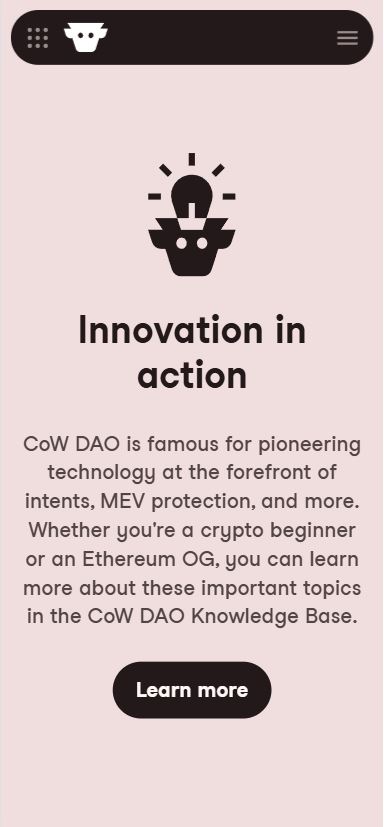
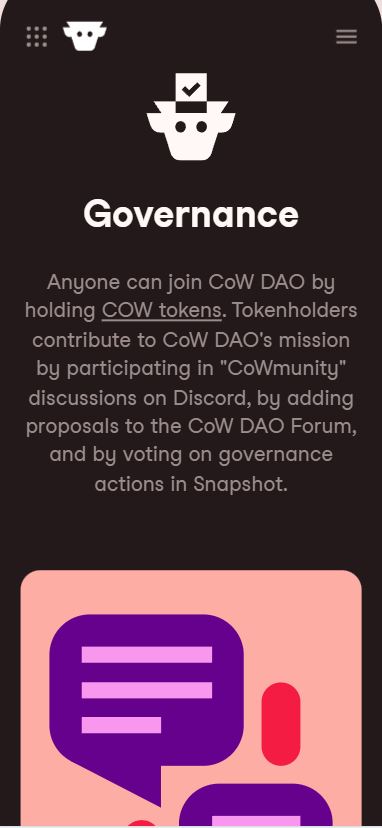
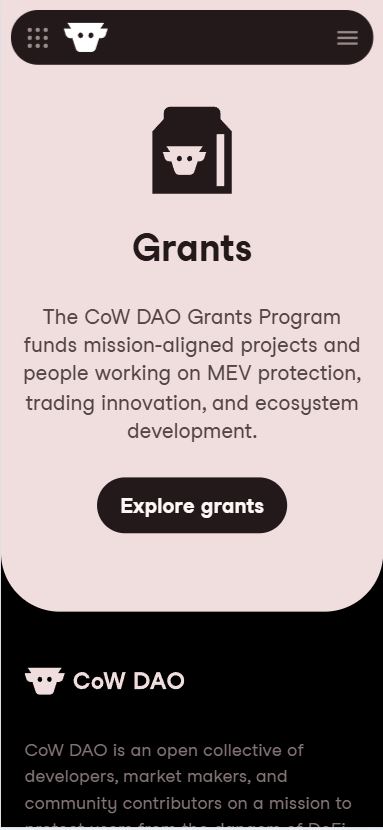








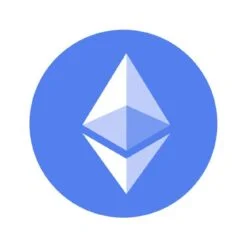






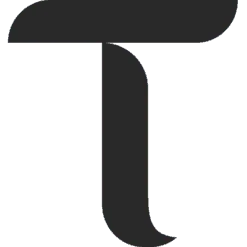
Harran –
COW